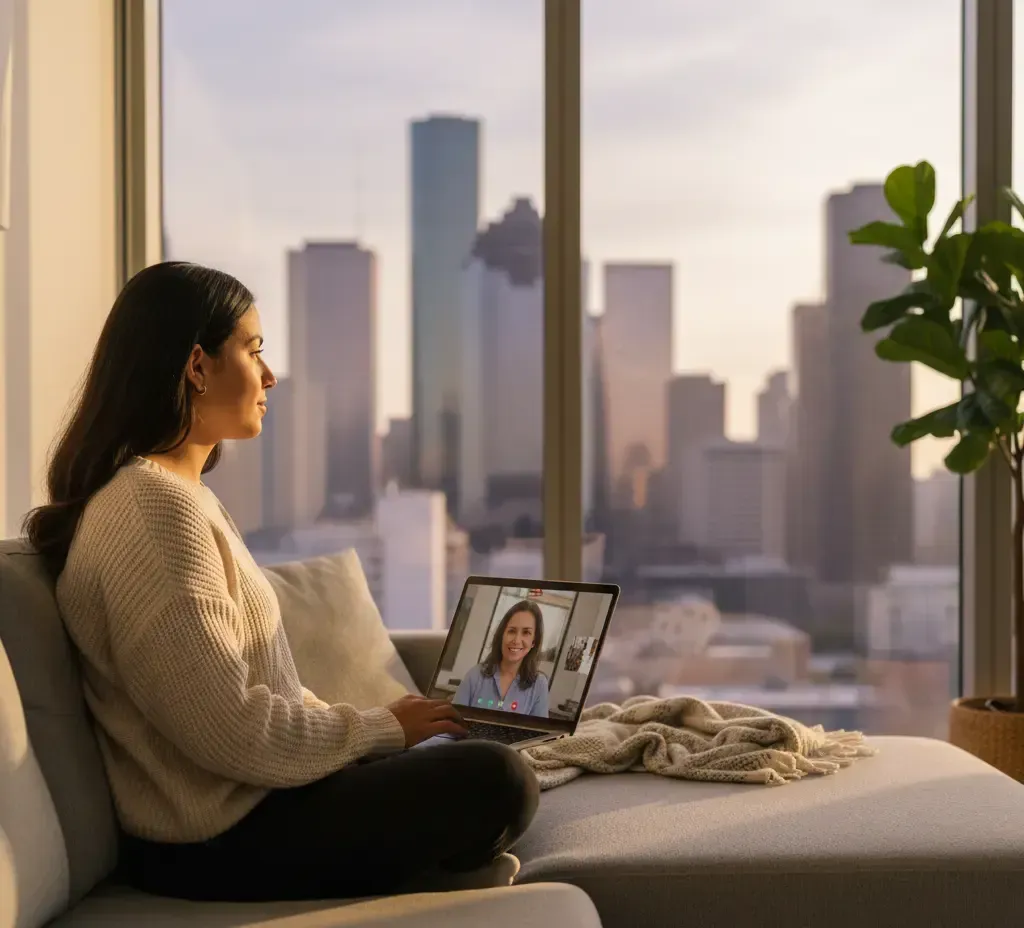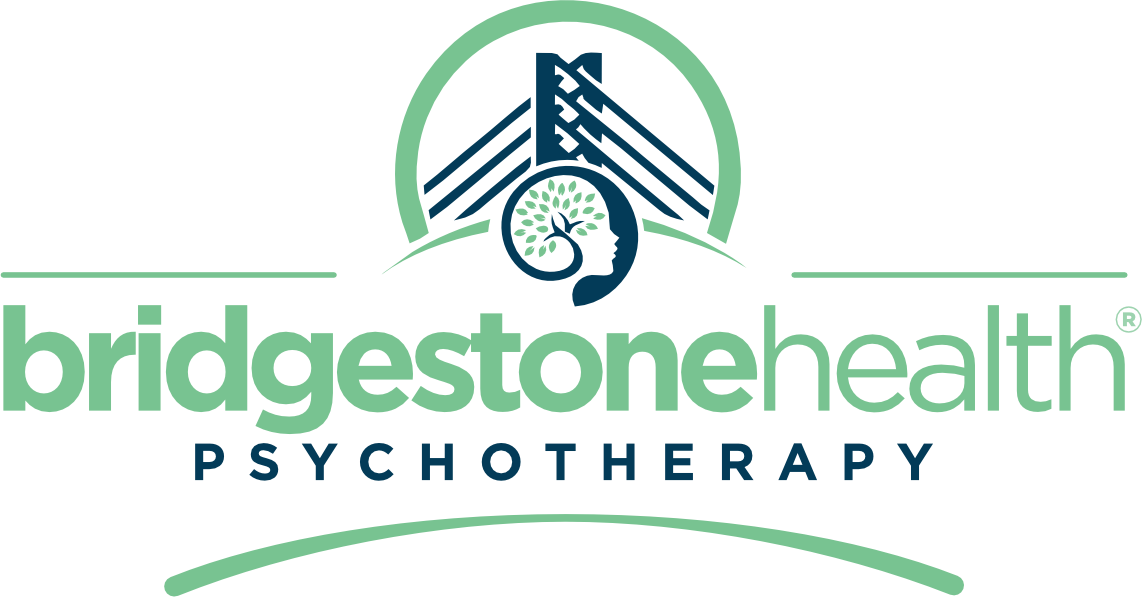How to Cope with Anxiety: Proven Strategies for Everyday Relief
You're staring at a screen full of emails, the clock ticks toward a big meeting, and your heart starts racing like it's in a sprint. Or maybe you're at a party, surrounded by chatter, but all you feel is that knot in your stomach from worrying what others think. These moments hit many of us, turning small stresses into big worries.
Anxiety affects more than 264 million people around the world, according to the
World Health Organization. It's not just a fleeting feeling—it's a real challenge that can disrupt daily life. In this article, we'll explore practical, evidence-based ways to cope with anxiety, from quick fixes in tough moments to habits that build lasting calm. You'll walk away with tools to take control and ease those overwhelming feelings.
Understanding Anxiety: The First Step to Coping
What Is Anxiety and Its Common Symptoms
Anxiety acts like your body's alarm system, kicking in during stress to keep you safe. The American Psychological Association defines it as an emotion marked by tension, worried thoughts, and physical changes. Normal anxiety fades after the trigger passes, but when it lingers, it might signal a disorder like generalized anxiety disorder, or GAD.
You could notice physical signs such as a pounding heart, sweaty palms, or tight muscles. On the emotional side, endless worry about everyday things—like health or finances—can drain your energy. Spotting these symptoms helps you fight back.
Start a journal to track them. Write down when they hit and what sparked them. This simple step builds self-awareness and points you toward better coping.
Types of Anxiety Disorders
Anxiety comes in different forms, each with its own twist on daily struggles. Based on the DSM-5, generalized anxiety disorder involves constant worry about many issues, making relaxation tough. Panic disorder brings sudden attacks of intense fear, often with chest pain or dizziness that feels like a heart issue.
Social anxiety makes interactions scary, like fearing judgment in groups. Specific phobias target things like heights or spiders, triggering avoidance. These show up differently—panic might stop you from driving, while social fears keep you home alone.
If this sounds like you, talk to a doctor or therapist for a real check. Don't guess on your own; pros can guide you right.
Why Anxiety Feels Overwhelming
Your brain's fight-or-flight mode revs up during threats, flooding you with adrenaline. In chronic stress, this response stays on high alert, turning minor worries into giants. Cognitive behavioral therapy, or CBT, shows how thoughts fuel this cycle, making anxiety stick around.
The National Institute of Mental Health notes that anxiety cuts into quality of life, affecting sleep, work, and relationships. Studies link it to higher risks of other health issues if unchecked. It feels overwhelming because it hijacks your focus, leaving little room for joy.
Track triggers for a week. Note situations, times, and feelings in a notebook. This exercise reveals patterns and helps you prepare coping moves.

Immediate Techniques to Calm Anxiety in the Moment
Breathing Exercises for Quick Relief
When anxiety spikes, your breath gets shallow and fast, which amps up the panic. Try the 4-7-8 method from Dr. Andrew Weil: Inhale through your nose for 4 seconds, hold for 7, then exhale slowly for 8. Repeat four times.
This slows your heart rate and signals your body to chill out. It activates the calm part of your nervous system, cutting tension fast. Practice it now—sit straight, close your eyes, and go through the counts.
Use it during stressful spots, like before a call or in traffic. With reps, it becomes your go-to for instant ease.
Grounding Techniques to Anchor Yourself
Anxious thoughts can spin like a whirlwind, pulling you from the present. The 5-4-3-2-1 trick grounds you: Name 5 things you see, 4 you can touch, 3 you hear, 2 you smell, and 1 you taste. It shifts focus to senses, breaking the mental loop.
This draws from mindfulness ideas by Jon Kabat-Zinn, who stresses staying in the now. During a panic attack, it works wonders by tethering you to reality. Say the items out loud if alone, or think them quietly in crowds.
Repeat often to make it a habit. Over time, it trains your mind to snap back quicker from worry.
Progressive Muscle Relaxation
Tension builds in your body when anxiety hits, like a coiled spring ready to snap. Progressive muscle relaxation eases it by tensing then releasing groups from toes to head. Start at your feet: Squeeze toes tight for 5 seconds, then let go and feel the looseness.
Move up to calves, thighs, belly, arms, neck, and face. This method fits into CBT plans to cut physical stress. Do a full 10-minute run at bedtime to ward off night worries and sleep better.
Breathe deep with each step. You'll notice waves of calm spreading, proving your body can unwind on command.
Long-Term Strategies for Building Resilience
Incorporating Mindfulness and Meditation Practices
Mindfulness keeps you tuned to the moment, dodging worry traps. Start with 5-minute sessions using apps like Headspace for guided talks. Meta-analyses show these cut anxiety symptoms by teaching focus without judgment.
Jon Kabat-Zinn puts it well: "Mindfulness means paying attention in a particular way: on purpose, in the present moment, and non-judgmentally." Beginners, sit comfy and follow a voice leading your breath. Build to daily routines, maybe mornings over coffee.
Apps track progress, keeping it fun. Soon, you'll spot anxious drifts and gently pull back, strengthening your mental shield.
Cognitive Reframing to Challenge Anxious Thoughts
Anxious minds twist facts, like assuming the worst in every scenario—called catastrophizing. CBT, from Aaron Beck, teaches spotting these distortions and swapping them for fair views. Ask: What's the evidence for this fear? What's a balanced take?
Grab paper and list a worry, then reframe it. For example, change "I'll fail this test and ruin my life" to "I've prepped well; one slip won't end everything." This shifts your outlook over time.
Practice weekly. It rewires thought paths, making anxiety less bossy in your head.
- Spot the thought.
- Question its truth.
- Write a new, kinder version.
- Repeat until it sticks.
Lifestyle Changes for Sustained Anxiety Management
Small daily tweaks keep anxiety at bay long-term. Aim for 30 minutes of walking each day; the CDC says it can drop anxiety by 25% through endorphin boosts. Pick routes you like, maybe with podcasts, to make it stick.
Sleep matters too—stick to set bedtimes and wind-down rituals like dim lights. Eat mood helpers: Omega-3s from fish or nuts support brain calm; prep meals ahead to avoid junk. Cut caffeine if it jitters you.
Mix these in gradually. Track how a good walk lifts your mood, building proof they work for you.

When to Seek Professional Help and Support Options
Recognizing When Self-Help Isn't Enough
Self-tools help, but some signs scream for pro aid. If anxiety blocks work, sleep, or fun for weeks, or brings thoughts of harm, act fast. Persistent chest pains or isolation that deepens deserve expert eyes.
Don't wait it out alone. A symptom log—dates, intensity, impacts—preps you for talks with helpers. Early steps prevent bigger troubles.
Therapy and Medication Approaches
Therapy like CBT rewires fear responses by facing thoughts head-on. Exposure therapy eases phobias step by step. Meds such as SSRIs balance brain chemicals; the Anxiety and Depression Association of America reports 60-70% see relief.
Find therapists on Psychology Today—search by zip and specialty. Psychologist Dr. Joelle Rabuño says, "Therapy provides tools to rewire the brain's response to fear." Pair it with your habits for best results.
Meds need doc oversight; discuss side effects openly.
Building a Support Network
Sharing lightens the load—tell a close friend how anxiety feels. Join groups through the National Alliance on Mental Illness, or NAMI, for stories like yours. Online forums connect you without face-to-face pressure.
Start chats with "I've been feeling off lately" to break ice. Community fights shame, showing you're not solo. Lean on them during rough patches.
- Pick one trusted person.
- Share a small piece first.
- Ask for their ear, not fixes.
Embracing a Calmer You
Coping with anxiety starts with quick wins like breathing tricks and grounding to tame spikes right away. Long-term, mindfulness, thought tweaks, and healthy habits forge real strength against it. Remember, if symptoms overwhelm, pros and networks stand ready to help.
This path takes time, but small steps add up. Try one breathing exercise today—feel the shift. If needed,
book that therapy chat soon. You deserve calm; make your mental health a priority now. Take that first breath.





